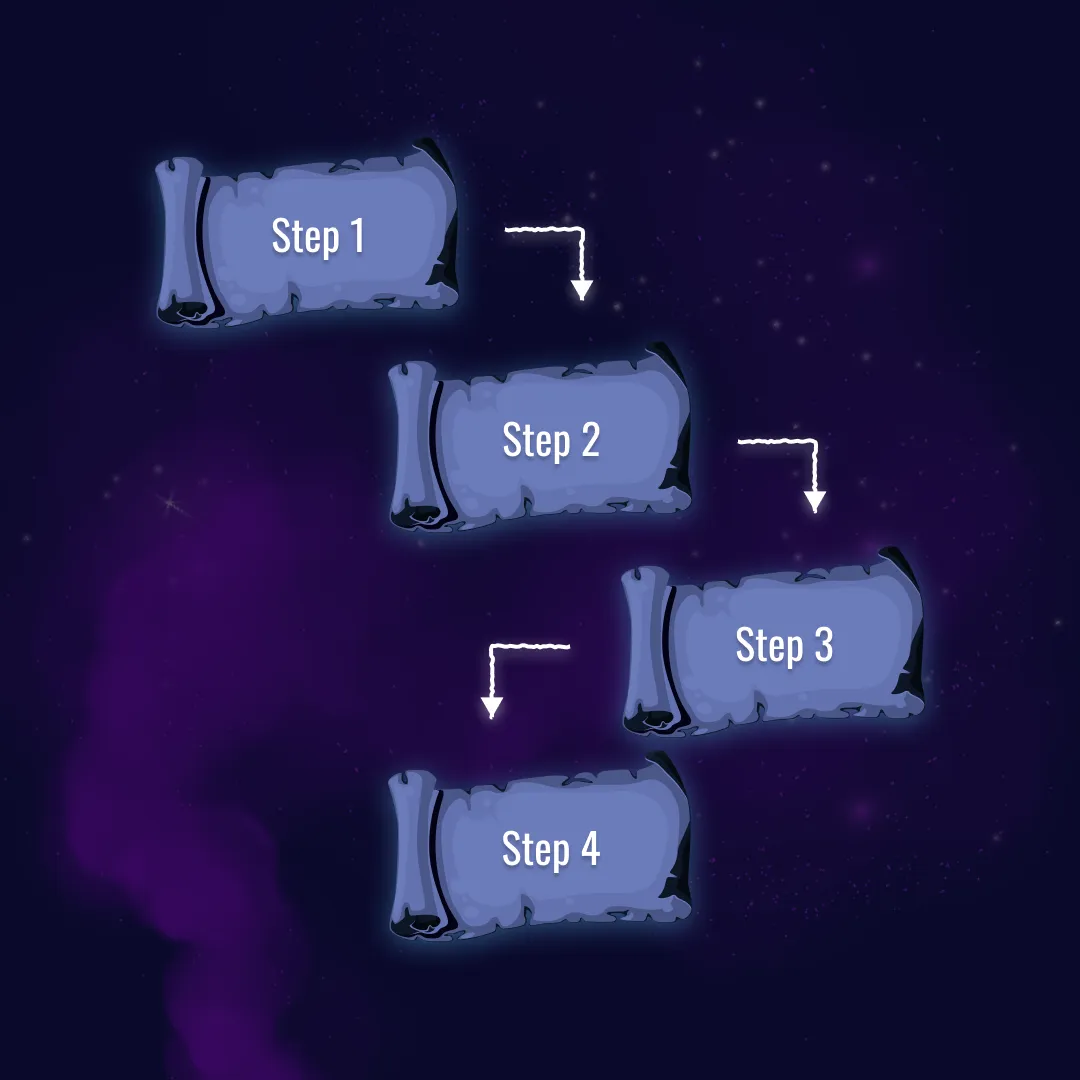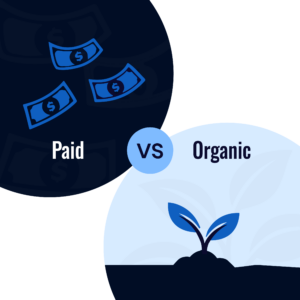A lot of people think running a growth campaign is as simple as “launch some ads and see what happens.” That’s why most campaigns flop. Real growth doesn’t come from chance or flashy creative alone—it comes from a process. One that takes you from a simple brief to a breakthrough moment you can actually scale.
Here’s what that looks like when it’s done right.
Step 1: The Brief
Every campaign starts with the brief. But not the fluffy, one-liner kind (“we need more sales”). A real brief digs into the essentials: Who’s the customer? What problem are we solving? What’s a conversion actually worth? What’s been tried already?
If the brief is unclear, the campaign is already in trouble. Clear goals and context stop you from chasing vanity metrics that look great in a dashboard but don’t move the bottom line.
Step 2: Strategy
Once the brief is solid, the real work begins: mapping the strategy. That means picking channels, planning the customer journey, and figuring out what success actually looks like beyond “more clicks.”
Here’s where discipline matters. You can’t test everything at once—you’ll drown in meaningless data. You’ve got to be strategic with what you test: pick one variable at a time, build a clear hypothesis, and design experiments that give you real answers.
Step 3: Creative
Strategy only matters if you can bring it to life. This is where creative comes in—videos, carousels, landing pages, emails.
Most ads fail not because the targeting is wrong but because the creative is boring. That’s why refining the design is crucial. Creative isn’t one-and-done. You keep sharpening the copy, testing hooks, and tweaking layouts until the message actually cuts through. Small design changes can unlock big performance wins.
Step 4: Launch
This is the point where most clients think the job is “done.” But launch is just the ignition.
We launch with budgets phased in to limit risk, testing frameworks built into the setup, and reporting ready to track insights from day one. The goal isn’t instant profit—it’s to collect the right data fast so we can make smarter calls in the next round.
Step 5: Optimization
Here’s where campaigns really earn their keep. Optimization is where we cut what’s not working, double down on what is, refresh creative, and fix leaks in the funnel.
The biggest mistake at this stage? Killing campaigns too quickly. Ads need time to get out of the learning phase and show their real potential. If you pull the plug too early, you never see the upside. Patience—paired with smart, ongoing tweaks—is what turns “decent” campaigns into growth machines.
Step 6: Scale
Once the formula’s working, it’s time to scale. But scaling isn’t just about dumping more money into the budget. It’s about building systems to support growth: rolling out new creative to avoid fatigue, automating lead nurture to catch every opportunity, and expanding across channels to amplify the wins.
At this point, the question shifts from “Will this work?” to “How big can we take this?”
The Bottom Line
Growth campaigns don’t happen by luck. They’re built step by step—from brief to strategy, creative to launch, optimization to scale. Along the way, three rules matter most: be strategic with your testing, keep refining your design, and don’t kill campaigns too quickly.
Do that consistently, and the brief you started with doesn’t just become a campaign—it becomes a breakthrough.










